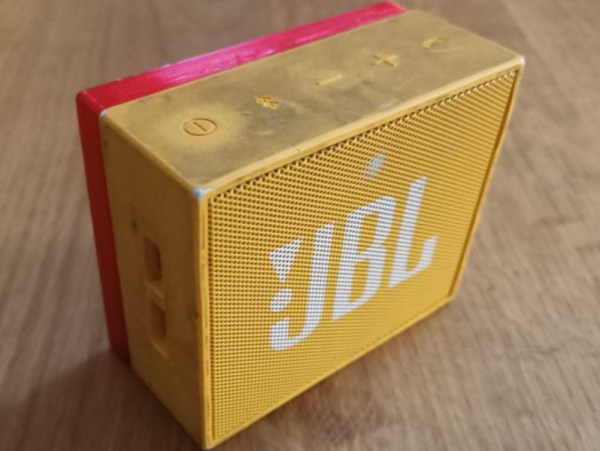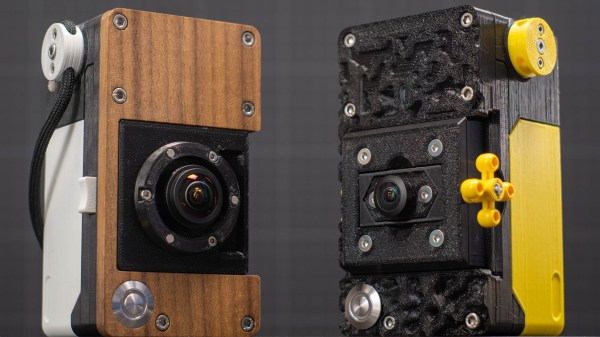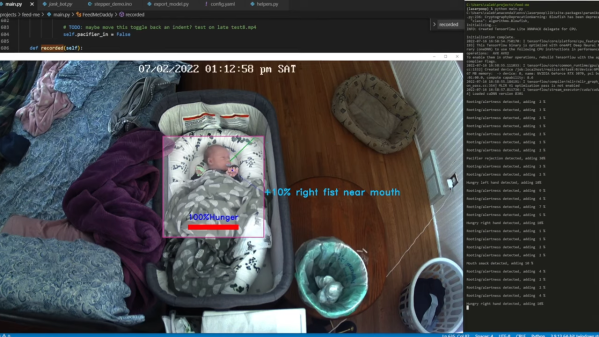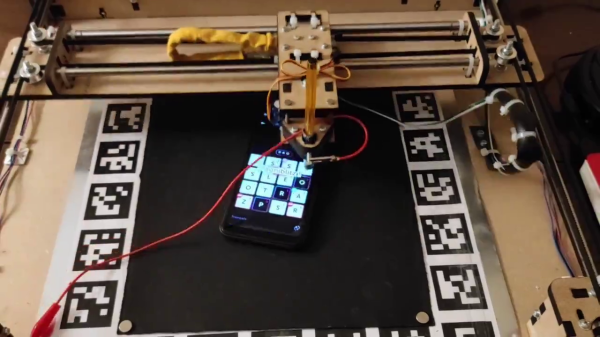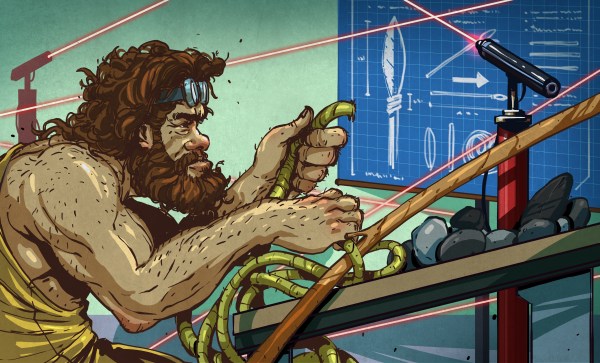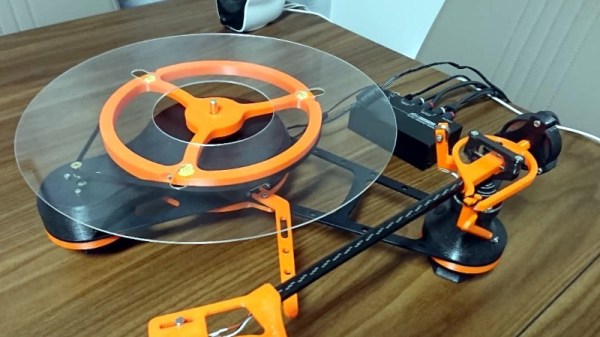A beautiful chapter of the history of invention in the United States ended with a fire in 1880. Well, the fire took place in 1877, but the wheels of government turn slowly. For the first 90 years that patents were granted in the USA, applications were required to be accompanied by a working model – to prove that the idea works and rule out “the perpetual motion cranks”.
During this time, the US Patent Office put all of these models on display, or at least as many of them as they could. The idea was that, alongside the printed documents, people would learn from seeing the inventions in the flesh. This tremendous resource got the Patent Office nicknamed the “Temple of Invention”, and rightly so. Many of the crucial innovations of the industrial revolution were there, in miniature. From Samuel Morse’s model telegraph, through Eli Whitney’s cotton gin, to more than a thousand inventions of Thomas Edison’s, working models were to be seen in the flesh, if in the small. We can only imagine how awe-inspiring it would have been to walk through those halls.
Two fires put significant dents in this tremendous collection. First in 1836, in a fire that consumed most of the approximately 10,000 patents that had been issued to that date, models and paper copies alike. Ironically, these included the patent for the first cast-iron fire hydrant. This fire was so devastating that it led to a dramatic patent reform in that same year, and to the building of a new fireproof Patent Office.
And the “new” Patent Office building still stands today, and proudly displayed patent models until the fire that broke out inside the building in 1877. (The contents of the building weren’t fireproof.) In this second fire, brave employees saved many of the works by staying and battling the fire from inside, but the second demoralizing beatdown, and the accelerating number of patent applications, it became obvious that there just wasn’t enough space to store a model of each patentable invention, and the requirement was dropped in 1880.
A small portion of the remaining patent models were put on display in one wing of the National Portrait Gallery, housed in the Patent Office building, and I had the wonderful opportunity to see it live in the early 2000s. I have no idea if the exhibit is still there – I’m guessing it’s not. The Smithsonian owns the lion’s share of the existing models, and we imagine they are in a warehouse somewhere, like at the end of Raiders of the Lost Ark.
A shame, because seeing a real 3D model of a thing is different from seeing line drawings. Maybe in the future, 3D CAD drawings will take their place? They’d be a lot easier to save in event of a fire.


